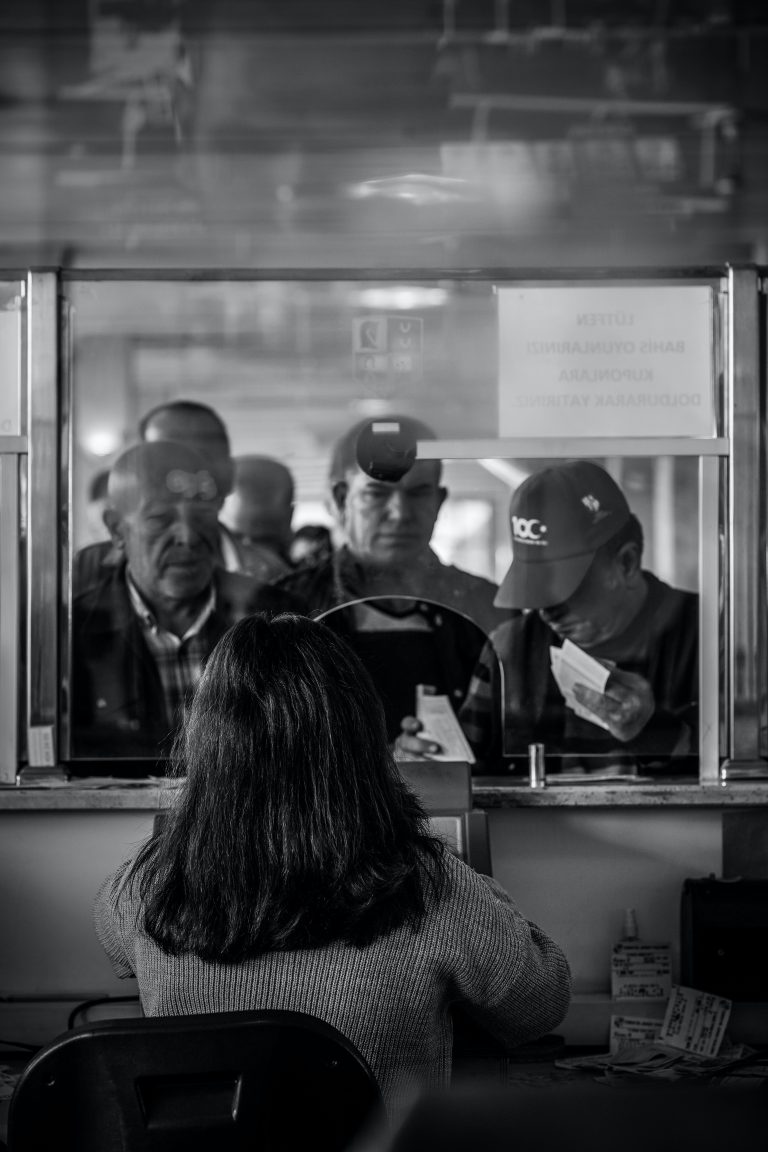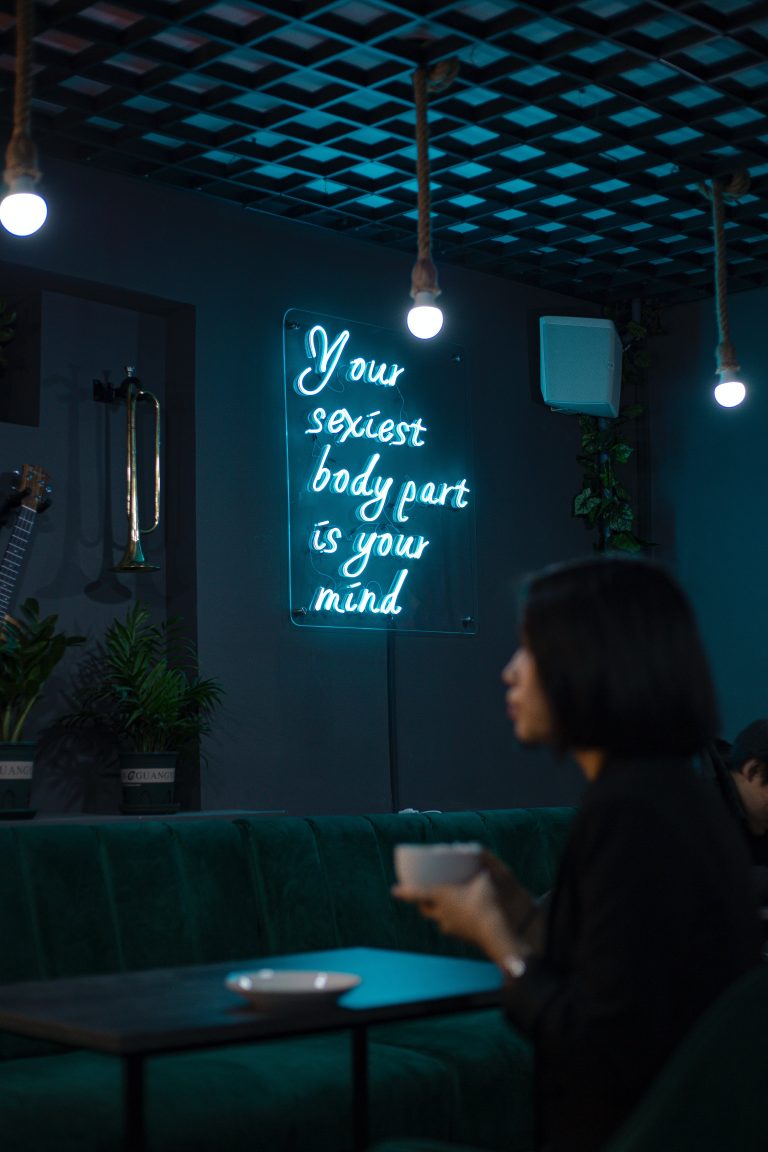“Beyond Stereotypes: Addressing Gender-Based Violence Against Men”
Gender-based violence (GBV) is a pervasive issue that affects individuals of all genders, including men. While the majority of reported cases involve women as victims, it’s important to recognize that men can also be victims of various forms of gender-based violence. GBV refers to any harmful act that is perpetrated against someone based on their gender or that affects individuals of a particular gender disproportionately.
Forms of gender-based violence that can affect men include:
- Physical Violence: This includes acts such as assault, domestic violence, and physical abuse.
- Sexual Violence: Men can experience sexual violence, including rape, sexual assault, and harassment.
- Emotional and Psychological Abuse: This involves behaviors that cause emotional harm, such as intimidation, threats, and controlling behavior.
- Stalking: Stalking can affect both men and women, and it involves unwanted and obsessive attention, often causing fear and distress.
- Discrimination: Men may face discrimination based on their gender, impacting various aspects of their lives, including employment and education.
- Forced Marriage: While it is more commonly associated with women, men can also be forced into marriage against their will.
- Human Trafficking: Men can be victims of human trafficking for various purposes, including forced labor and sexual exploitation.
“It’s important to challenge stereotypes and societal norms that may contribute to the underreporting of gender-based violence against men. Many men may be hesitant to come forward due to fear of stigma or disbelief. Creating a supportive environment where individuals feel safe reporting abuse is crucial for addressing this issue.Support services, counseling, and legal protection are essential for all survivors of gender-based violence, regardless of gender. Efforts to raise awareness, provide education, and challenge harmful attitudes and behaviors contribute to creating a more inclusive and equitable society. Additionally, legal frameworks should be inclusive and responsive to the needs of all individuals who experience gender-based violence.”
Societal assumptions about gender roles and stereotypes contribute to the perception that men do not experience gender-based violence (GBV). Several factors contribute to this misconception.
- Gender Stereotypes: Traditional gender norms often portray men as strong, stoic, and invulnerable. These stereotypes can create the false impression that men cannot be victims of violence or that admitting victimization is a sign of weakness.
- Stigma and Shame: Men may fear stigma or shame associated with being a victim of GBV. Societal expectations around masculinity may discourage men from reporting or discussing instances of violence, as they may worry about being perceived as less masculine.
- Underreporting: Due to the stigma, fear of judgment, and societal expectations, men are less likely to report instances of GBV. This underreporting can perpetuate the misconception that such violence does not occur against men.
- Lack of Recognition: The dominant discourse on gender-based violence often focuses on women as victims, leading to a lack of recognition of men as potential victims. This contributes to a broader societal blind spot regarding the experiences of male survivors.
- Limited Support Services: Support services and resources may be designed with a focus on female victims, making it challenging for men to find appropriate assistance. This can discourage men from seeking help.
- Legal Definitions: Legal definitions of gender-based violence may be gender-specific, reinforcing the idea that men are not victims. This can affect the reporting, prosecution, and recognition of violence against men.
- Cultural Beliefs: Cultural beliefs about masculinity and femininity can perpetuate the idea that men are less susceptible to violence. These beliefs may also discourage men from acknowledging their experiences or seeking help.
Addressing these misconceptions requires a shift in societal attitudes and a commitment to recognizing that gender-based violence affects individuals of all genders. This involves challenging harmful stereotypes, promoting inclusivity in support services, and ensuring that legal frameworks acknowledge and address violence against men. It also requires fostering open conversations about masculinity, vulnerability, and the diverse experiences of individuals in the face of gender-based violence. By breaking down these barriers, society can better support all survivors of gender-based violence, regardless of gender.
Supporting men who are experiencing gender-based violence (GBV) involves a combination of awareness, education, and creating a supportive environment. Here are some steps to help stop and support men suffering from GBV:
- Raise Awareness:
- Promote awareness about the fact that men can be victims of GBV too.
- Challenge stereotypes and misconceptions surrounding masculinity and vulnerability.
- Encourage open discussions about gender-based violence that include all genders.
- Educate the Public:
- Provide education on the various forms of GBV that can affect men.
- Offer information on available resources, support services, and legal protections for male victims.
- Promote Inclusivity in Support Services:
- Ensure that support services are inclusive and designed to meet the needs of all individuals, regardless of gender.
- Train service providers to recognize and address the specific challenges faced by male survivors.
- Create Safe Spaces:
- Establish safe and confidential spaces where men can feel comfortable sharing their experiences without fear of judgment or stigma.
- Encourage workplaces, community centers, and educational institutions to implement policies that address GBV and support all victims.
- Encourage Reporting:
- Promote reporting mechanisms that are accessible and sensitive to the needs of male survivors.
- Work to reduce the stigma associated with reporting GBV by emphasizing that seeking help is a sign of strength.
- Legal Reforms:
- Advocate for legal reforms that recognize and address violence against all genders.
- Ensure that legal definitions and protections are inclusive and that law enforcement is trained to handle cases involving male victims.
- Community Involvement:
- Engage community leaders, influencers, and organizations in the conversation about GBV against men.
- Foster community support networks that can provide assistance to victims and help raise awareness.
- Counseling and Mental Health Support:
- Ensure that counseling services are available and sensitive to the needs of male survivors.
- Promote mental health resources and support to help individuals cope with the psychological impact of GBV.
- Empowerment Programs:
- Support programs that empower men to challenge toxic masculinity and encourage healthy relationships.
- Promote educational initiatives that focus on consent, respect, and equality.
- Advocacy and Collaboration:
- Advocate for policies and practices that address GBV comprehensively.
- Collaborate with governmental and non-governmental organizations to create a coordinated response to GBV, including support for male survivors.



















+ There are no comments
Add yours